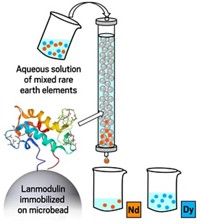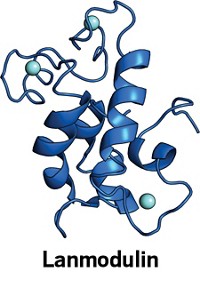Advertisement
Grab your lab coat. Let's get started
Welcome!
Welcome!
Create an account below to get 6 C&EN articles per month, receive newsletters and more - all free.
It seems this is your first time logging in online. Please enter the following information to continue.
As an ACS member you automatically get access to this site. All we need is few more details to create your reading experience.
Not you? Sign in with a different account.
Not you? Sign in with a different account.
ERROR 1
ERROR 1
ERROR 2
ERROR 2
ERROR 2
ERROR 2
ERROR 2
Password and Confirm password must match.
If you have an ACS member number, please enter it here so we can link this account to your membership. (optional)
ERROR 2
ACS values your privacy. By submitting your information, you are gaining access to C&EN and subscribing to our weekly newsletter. We use the information you provide to make your reading experience better, and we will never sell your data to third party members.
Synthetic Biology
Engineered yeast sequesters heavy metals
New strains could be used for bioremediation and metal recycling
by Celia Henry Arnaud
November 23, 2019
| A version of this story appeared in
Volume 97, Issue 46
Plants that can absorb and tolerate high concentrations of metals—so-called hyperaccumulators—offer a promising approach to bioremediation of soil contaminated with heavy metals. But plants aren’t easily engineered, have a long life cycle, and may require growing conditions that are difficult to maintain. To sidestep some of these challenges, Angela M. Belcher, George L. Sun, and Erin E. Reynolds of the Massachusetts Institute of Technology turned to yeast. Because it’s eukaryotic, the yeast Saccharomyces cerevisiae has a metal transport system similar to the one in plants. But because it’s single celled, yeast is easily engineered. The MIT researchers turned yeast cells into hyperaccumulators by making the cells express large quantities of metal transporter proteins, some of which take up metals from the environment and some of which move the metals into vacuoles in the cell (Nat. Commun. 2019, DOI: 10.1038/s41467-019-13093-6). The team designed metal transporters to be selective for various metals. Engineered yeast with the transporters were able to absorb and tolerate metal concentrations 10–100 times as high as the established hyperaccumulation thresholds for chromium, arsenic, and cadmium in plants. By mutating a metal transporter protein, the researchers were also able to engineer yeast that could sequester cadmium and strontium, including radioactive 90Sr. Such yeast could be used to clean up industrial metal contamination or to recycle heavy metals from waste streams.





Join the conversation
Contact the reporter
Submit a Letter to the Editor for publication
Engage with us on Twitter